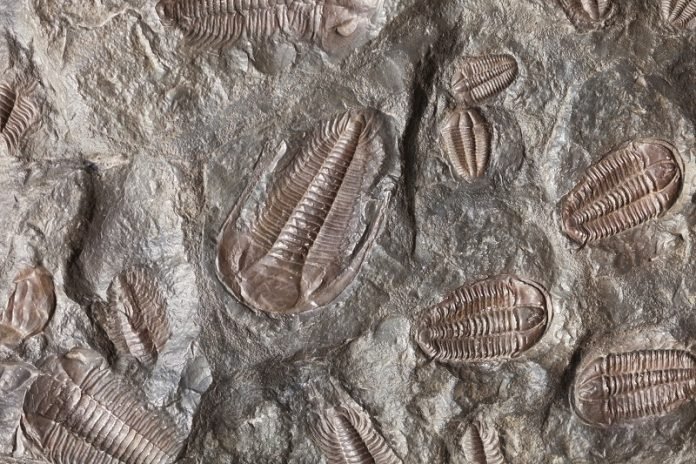
In a thrilling discovery for geology and paleontology, a team of researchers has uncovered new species of trilobites in Thailand, offering a glimpse into Earth’s ancient geography.
Trilobites, now-extinct sea creatures with unique half-moon-shaped heads and the ability to breathe through their legs, roamed the seas about 490 million years ago.
Published in a 100-page monograph in a British journal, this discovery includes a trilobite species named after Thai Royal Princess Maha Chakri Sirindhorn, celebrating her commitment to science.
These findings are significant, not just for the new species they introduce but for the insights they offer into our planet’s past.
The trilobites were found between layers of petrified ash in sandstone, a testament to volcanic eruptions from eons ago.
This layer, known as a tuff, is unique because it contains zircon crystals. Zircon, known for its toughness, heat, and weather resistance, and hardness comparable to steel, plays a crucial role in dating these fossils.
As uranium atoms inside zircon decay into lead over time, scientists can use this process to determine the age of the zircon and, consequently, the eruption and the fossils themselves.
This dating method is vital, especially for the late Cambrian period (between 497 and 485 million years ago), a time poorly documented in Earth’s history.
Nigel Hughes, co-author of the monograph and a geology professor at UC Riverside, explains that this period doesn’t have many tuffs, making it hard to date events accurately.
Shelly Wernette, a former geologist in Hughes’s lab and now at Texas State University, emphasizes the broader impact of this discovery.
The tuffs not only help date the Thai fossils but also aid in understanding similar fossils in other parts of the world, like China, Australia, and North America, where dating has been challenging.
The fossils were discovered on Ko Tarutao’s coast, an island about 40 minutes southwest of the Thai mainland by high-speed boat and part of a UNESCO geopark site. This location has drawn international scientific attention, enabling this significant find.
One exciting aspect of the discovery is the identification of 12 trilobite types previously unknown in Thailand.
This finding links Thailand to parts of Australia, reshaping our understanding of ancient world geography.
During the time of the trilobites, this region was on the fringes of Gondwanaland, an ancient supercontinent that included today’s Africa, India, Australia, South America, and Antarctica.
Hughes likens their work to solving a complex, constantly changing 3D jigsaw puzzle. They aim to determine where this part of Thailand fit into Gondwanaland.
Wernette particularly notes the regal quality of the species named after Princess Sirindhorn, Tsinania sirindhornae, with its broad headdress and clean lines. Dating this species and comparing it to similar ones found in China can help establish a timeline for these ancient creatures.
In summary, these trilobite fossils offer more than just new species; they provide valuable insights into Earth’s evolutionary history and ancient geographical shifts.
As Hughes points out, learning from these records prepares us better for current environmental challenges, making this discovery a crucial piece in understanding our planet’s story.



